Encouraging children to walk, cycle or scoot to school will help reduce congestion around the school gate and also makes them more relaxed and alert to start the school day.
As your child makes the journey from home to school it is important that they keep themselves safe. Children learn by watching adults, so help to set a good example by taking care whilst crossing the road and remind your child of these basic road safety messages:
- always stop, look and listen whilst crossing the road
- always find a safer place to cross the road such as zebra crossing, puffin crossing
- always hold your child’s hand whilst walking and crossing the road
- on dull days wear bright or fluorescent clothing
- if walking at night wear reflective clothing
It is important not to get distracted whilst crossing the road:
- always take out your MP3 earphones whilst crossing the road
- never talk on your mobile phone whilst crossing the road
Crossing the road safely
There might not always be a puffin or zebra crossing to help you cross the road. If this is the case, you should always use the Green Cross Code:
- first find a safe place to cross
- stop just before you get to the kerb
- look and listen all around for traffic
- if traffic is coming let it pass, look all around again and listen
- when it's safe, go straight across the road - do not run
- keep looking and listening for traffic while you cross
Zebra crossing
Zebra crossings have black and white stripes on the road and flashing orange beacons on both sides of the road, the beacons are there to help drivers see the crossing.
How to use a zebra crossing:
- stand near to the kerb with both feet on the pavement
- look right and left and listen carefully for traffic
- when the traffic has stopped, walk across the road
- remember to keep looking and listening for traffic as you cross
If there's an island in the middle of a zebra crossing, wait on the island before you cross the second half of the road.
Puffin crossing
Puffin crossings use traffic lights to stop the traffic, this allows pedestrians to safely cross the road. The red and green man light is situated next to you as you are waiting to cross, this allows you to watch the signals and traffic at the same time.
How to use a puffin crossing:
- stand near to the kerb with both feet on the pavement, press the button on the box to your right and wait
- while the red man is showing on the box, it is not safe to cross
- when the green man lights up, look right and left to check the traffic has stopped both ways
- when it's safe to do so, cross the road carefully
- do not run, the light will remain red for the traffic until you reach the other side, allowing you to cross safely
Pedestrian refuge
A pedestrian refuge island is a raised section of pavement between 2 lanes of traffic moving in opposite directions. The island allows pedestrians to stop safely in the centre of the road, allowing the pedestrians to split crossing the road into 2 stages.
How to use a pedestrian refuge:
- stop just before you get to the kerb
- look and listen all around for traffic
- if traffic is coming let it pass, look all around again and keep listening
- when it's safe, walk straight across the road and stop on the pedestrian refuge
- look all around for traffic again and keep listening
- if traffic is coming let it pass, keep looking and listening for traffic
- when it's safe, walk straight across the road, keep looking and listening for traffic while you cross
Crossing between parked cars
You should always try to choose a place to cross without parked cars, however in some situations it may be necessary to cross the road between parked cars.
How to cross the road between parked cars:
- choose the safest possible place to cross making sure that the place you select isn’t behind a lorry or van
- choose somewhere where there is a clear space on the other side of the road
- look carefully all around and listen for traffic and any vehicles that may be about to move off
- step off the pavement and move carefully to the edge of the parked cars and stop
- if traffic is coming, wait until it has passed - look and listen for traffic again
- when it's safe to do so walk straight across the road, looking and listening for traffic as you cross, do not run
1 / 5
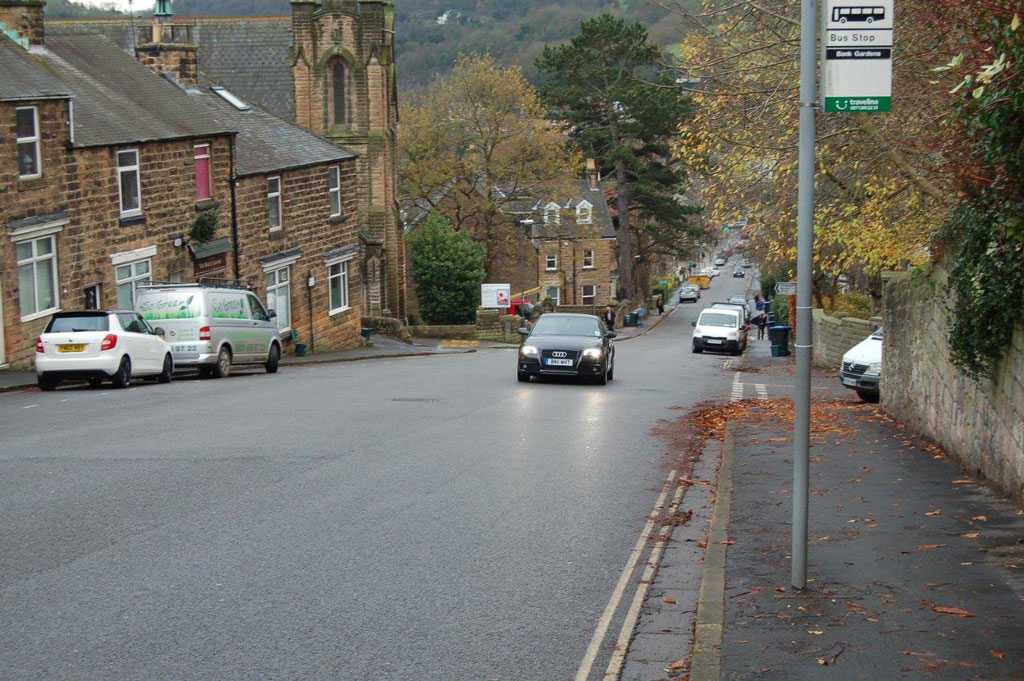
2 / 5
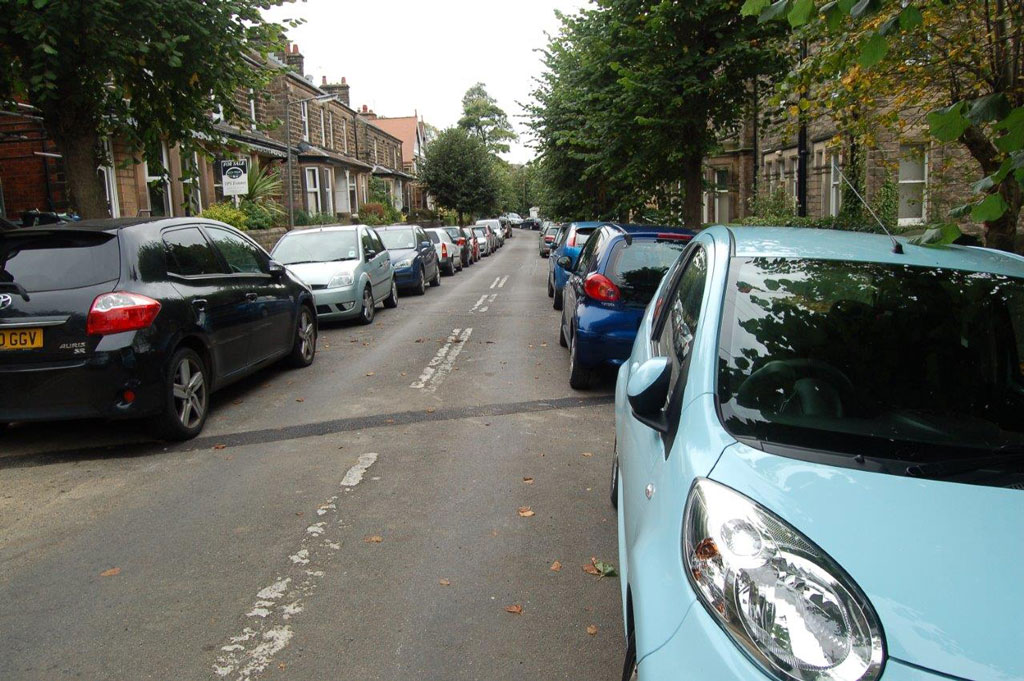
3 / 5
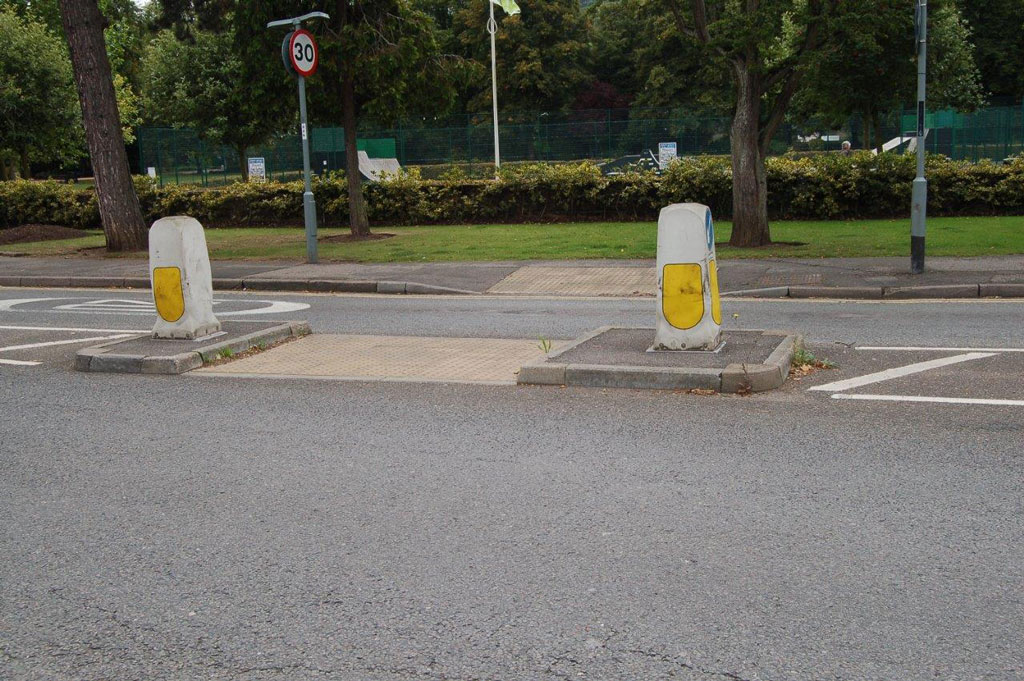
4 / 5
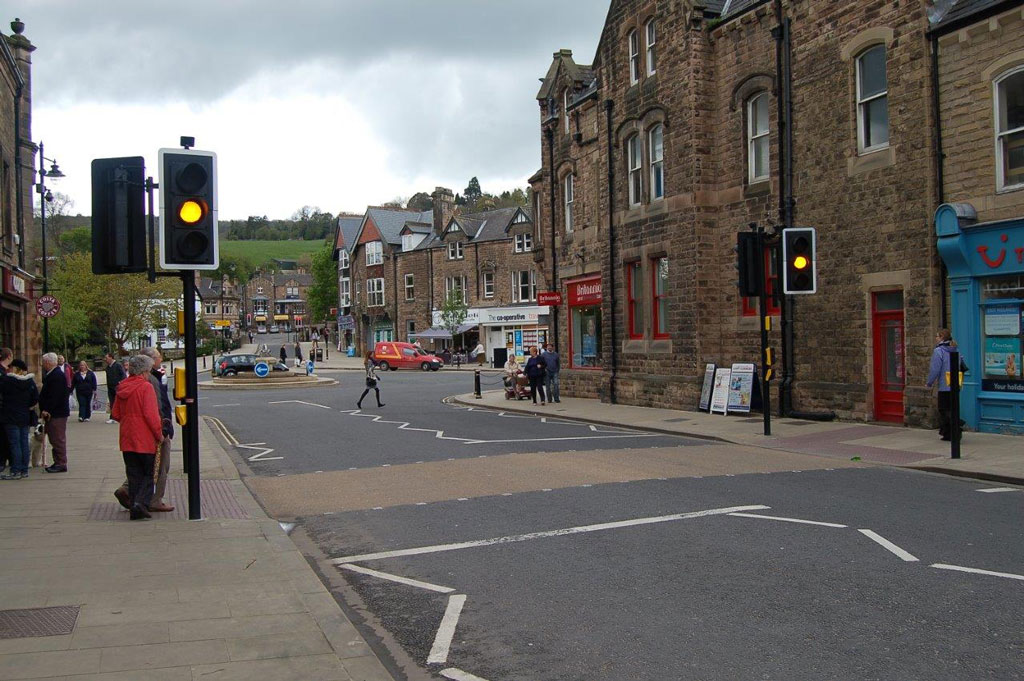
5 / 5
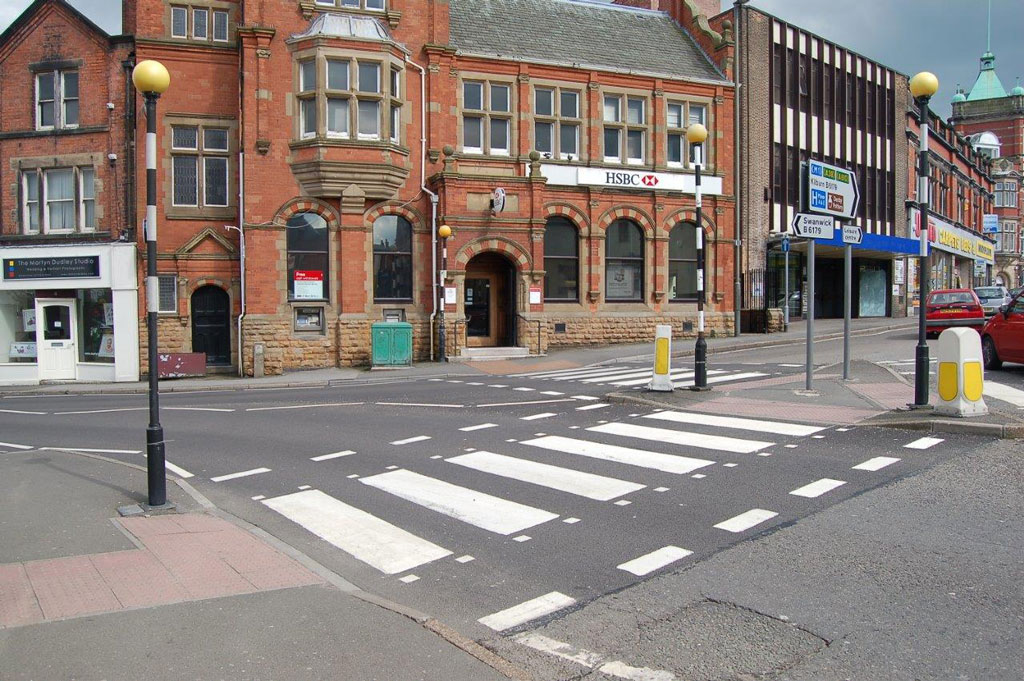
❮
❯
Travelling safely by car
Always wear a seat belt, and wear it correctly so it can offer you the best protection in a crash. You're twice as likely to die in a car crash if you do not. Even on short journeys, familiar journeys and at low speeds, not wearing a seat belt can be fatal.
Children must use a child car seat until they're 12 years old or 135cm tall, whichever comes first. Children over 12 or more than 135cm tall must wear a seat belt. Find out more about child car seats.
Obey the speed limit, at 35mph you are twice as likely to kill a pedestrian as at 30mph.
Slow down outside of schools, children can act impulsively. Watch out for pedestrians, cyclists and people scooting to school
We understand that not everyone can walk, cycle or scoot to school, if you have to travel to school by car why not try Park and Stride. Park further away from the school gates and walk the remainder of the journey. In addition to helping reduce congestion near the school it can help make the area around the school a safer and more pleasant environment for everyone, as well as enabling families to become more active and healthy.
Don't use your mobile phone whilst driving. Making or receiving a call, even using a 'hands free' phone, can distract your attention from driving and could lead to an accident.
Don't drink and drive, any alcohol, even a small amount, can impair your driving so be a safe driver don't drink and drive.
The new interactive Tales of the Road - a highway code for the young road user contains new and updated tips to stay safe whilst travelling to school.
Cycling safely
Cycling is a healthy, low cost and environmentally friendly way to travel to school. Children love to cycle, its fun, helps them to feel independent, and keeps them fit and healthy.
Follow these basics to help you and your child stay safe when cycling:
- make sure your child's bike is the right size for them, avoid the temptation to buy a bike they will grow into. A bike is the right size if a child can:
- reach the handle bars without stretching
- sit in a position where they are not leaning too far forward
- reach and easily use the brakes
- touch the ground with the toes of both feet while seated on the saddle
- make sure that all your bikes are roadworthy
- when cycling on the road with children, take up a position behind them- if there are 2 adults in your group, it's a good idea to have one at the back and one in front of the children
- we strongly recommend wearing a cycle helmet, the helmet should fasten securely and conform to the current regulations
- be safe, be seen, wear bright clothing preferably something fluorescent and reflective, to help other road users to see you more easily
- always use lights and reflectors in the dark and in poor visibility - when riding at night always use a working white front light and red backlight, plus a red rear reflector - it's the law
Set a good example, follow the Highway Code and teach children road safety and awareness. The new interactive Tales of the Road - a highway code for the young road usecontains new and updated tips to stay safe whilst cycling.